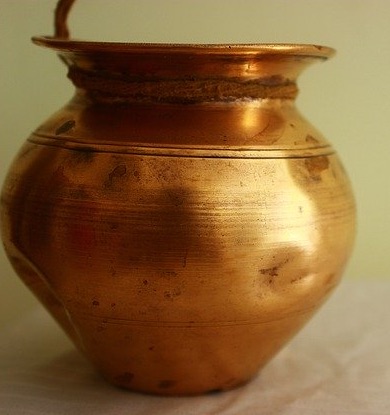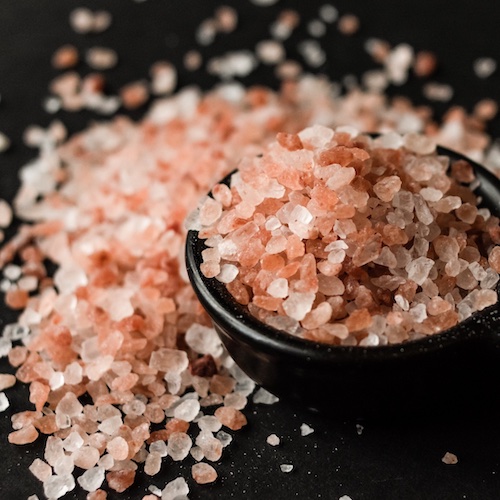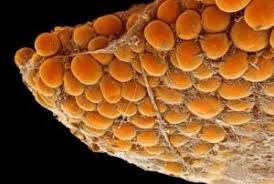Related article
ayurvedic seasonal routine or rutucharya.
Ayurveda Regimen for Winter Depression
Table of content
Diseases Which Appear in Shishira Rutu
Ayurvedic Tips for Shishira Rutu Routine
About Shishira Rutu
Hemanta rutu and shishira rutu are considered as winter seasons. (mid-November to mid-march). According to the principles of Ayurveda the season Shishira marks the beginning of uttarayana (summer solstice). Shishira ritu has a mixed combination of hot and cold. The intense rays of the sun absorb the moistness of the surroundings, leaving the environment devoid of moisture. The coolness of winter and the absence of moisture creates a harsh and dry atmosphere. The powerful rays of the sun reduce the strength of plants, animals, and humans. This paves way for diseases that further weaken living beings.
Diseases That Appear in Shishira Rutu
Respiratory diseases like colds, coughs, influenza, etc peak in this season. Joint pains, rheumatoid arthritis, osteoarthritis, etc trouble more and restrict movements. Dry skin, chapped lips, cracked heels, brittle hair, etc surface during this season and pose a threat to self-confidence. Flaring up of psoriasis can be noticed.
Ayurveda acharyas recommend diet and lifestyles which help to preserve strength and boost immunity during this season. This regimen is known as “shishira rutucharya” and is explained very well in ayurvedic seasonal routine or rutucharya.
Ayurvedic Tips for Shishira Rutu Routine
Ayurveda acharyas recommend to follow hemanta rutucharya in shishira rutu. Here are tips to keep oneself fit and prevent the shishira rutu, seasonal diseases.
- Our body needs plenty of nutrients to maintain body temperature, boost immunity, repair weakened tissue and maintain their moistness. Hence consume sumptuous, nutrient-rich foods which can be easily digested. Include whole wheat, fresh corn, black gram, milk, green gram, seasonal vegetables, citrus fruits to diet. Use amla or Indian gooseberry in plenty. Consume Sugar cane juice and sugar cane as they provide abundant energy and minerals.
- .Add Vegetable oil and little ghee to food to meet increased energy demand. According to the texts of Ayurveda, oil, and ghee reduce the dryness of tissues and normalize the doshas.
- .Consume warm nourishing liquids like soups in between meals.
- Always drink warm water to maintain warmth in the body. Warm water eases digestion, prevents a drop in body temperature, and reduces inflammation of tissues.
- Wear warm woolen or silk clothes. Take care to cover the head, ear, palm, and feet.
- .Mild to moderate exercises are required to keep the body healthy and warm.
- .Massage the body with thick herbal oil, this prevents skin conditions like dry skin, flaring up of psoriasis, cracked heels, etc. the oil should be warmed before massaging on skin.
Apart from these avoid taking antibiotics unnecessarily. This lowers the body’s immunity. Do not take long showers as they strip the natural oils off the skin. Use gram flour as a body scrub instead of soap. Keep the house well-lit to prevent seasonal depression or winter depression. If you are using a room heater use a humidifier along with it. This prevents exaggeration of dry skin conditions.
Consult Dr.Savitha Suri for ayurvedic remedies. Email drsavithasuri@gmail.com . WhatsApp + 91 6360108663
Author : Dr. Savitha Suri Consultant Ayurvedic Physician
Call us at +91 9945995660 / +91 9448433911






